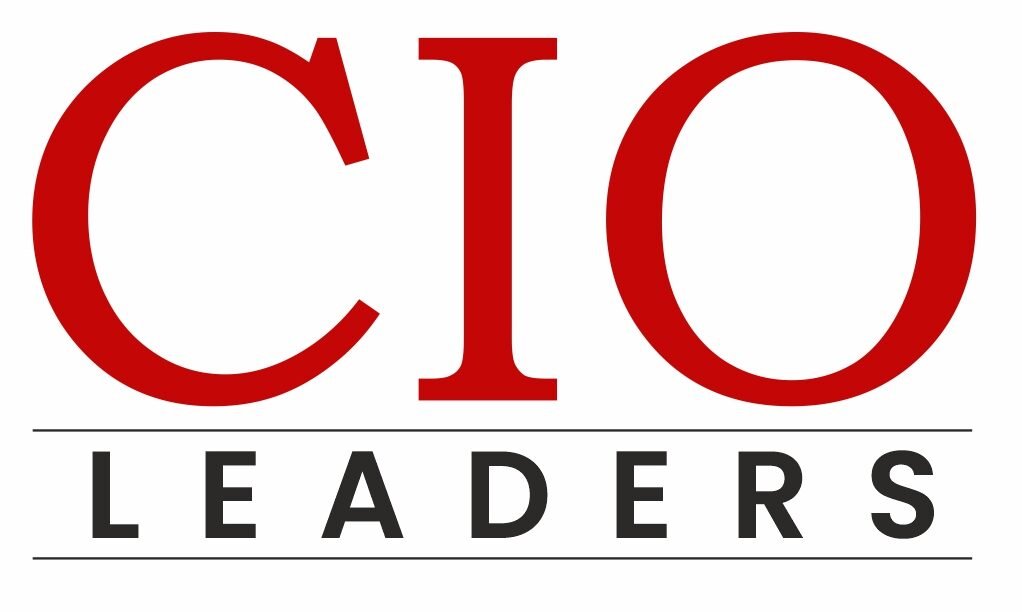Leadership sits front and center of re-visioning the future of the students’, schools’, and society in today’s rapidly changing education landscape. Education leadership is not bureaucratic practice or policy adherence—it is vision for the future, motivation of people, and the construction of settings for students and teachers to thrive. Successful education leaders motivate their constituents, drive academic success, and generate innovation to meet 21st-century challenges. As global economies shift and new technologies make inroads, demands on schools and other educational institutions only increase. The leadership role, consequently, becomes more strategic. Successful education leaders balance the tightrope of change and tradition, maintaining necessary education values while developing innovative practices. Their impacts extend beyond academically achieving students to include overall culture, equity, and sustainability of the school.
Visionary Leadership and Strategic Planning
Most crucial of all, perhaps, is to create and communicate a clear, powerful vision. A vision sets institutional tone, directing goals, resources, and staff toward shared priorities. Visionary leaders allow their schools or colleges to talk about long-term wants beyond test scores, to commit to balanced growth, equity, and lifelong learning. All institutional choices are made in furtherance of the greater purpose.
Strategic planning is the vehicle for making such vision a reality. Education leaders must be able to analyze data, communicate with stakeholders, and leverage assets. Through establishing measurable goals, monitoring performance measures, and attending to feedback, education leaders can transform in response to changing conditions in real time. Such adaptive leadership enables institutions to navigate uncertainty, such as technological disruption or shifts in public policy, with resilience and courage.
Establishing a Culture of Trust and Teamwork
At the core of being a successful educational leader is the ability to create a culture of collaboration. The successful educational leader understands that successful education and education systems are built on collaboration, not authoritarianism. They become committed to involving teachers, staff, students, parents, and community members in the decision-making process. The participation process not only democratizes the organization, but it also gives a feeling of collective ownership and responsibility for educational success.
Trust is the cornerstone of this common ground. Leaders must always demonstrate integrity, transparency, and equity in what they say and do. Where there is trust, it leads to open communication, more willingness to take risks, and overall institutional morale. Teachers feel more supported, students are more active, and families feel more engaged. These conditions in turn lead to improved academic performance as well as improved student well-being.
Leading Innovation and Change
Rigid systems cannot handle liquid demands in today’s learning environment. Leadership must be brought to the table to drive innovation—be it the integration of technology in the classroom, experimentation with new pedagogical models, or transformation of how assessment is managed. Education leaders should be change agents who are ready to stir the pot for improved outcomes.
In becoming innovative, leaders must be pragmatic and innovative. They must experiment with new ideas at the micro level, examine results with prudence, and build success in a systematic way. They must also establish a growth mentality within their institutions, where teachers and learners perceive failure as a learning mechanism. By such practices, leaders build learning organizations that are better aligned to meeting the demands of the future.
Developing Leadership Capacity in the Institution
Strong school leaders do not operate alone—instead, they build leadership capacity within their organizations. They do this by building next-generation leaders, sharing power, and growing professional capacity. Building human capital helps schools to be able to continue to develop in the future, even in times of leadership transition or external pressure.
Developing leadership is also important in enabling diversity and inclusion. Through talent creation and development of various backgrounds, school leaders can build more inclusive leadership groups reflective of the communities they serve. This not only increases decision-making capabilities but also ensures the role of the institution in driving social justice and equity.
Conclusion
The power of educational leadership is not how it is effective inside the school building but how it can change schools and communities. Whether casting vision, fostering collaboration, igniting innovation, or developing leaders, great educational leadership resonates well beyond the classroom wall. With education bound to economic opportunity, civic engagement, and personal achievement, high-quality leadership is not a nicety—but a necessity. As education problems become more and more complicated, so do the skills of those who guide. Leaders must be dedicated to continuous learning, moral decision-making, and equity measures. Doing so, they can assist in making sure that education remains a powerful force for betterment and justice in society.
Read More – Tesla Seeks to Prevent Austin from Releasing Robotaxi Rollout Plans

